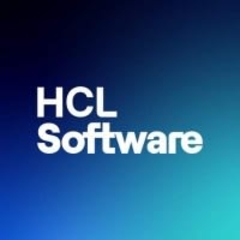The platform allows in a very easy way to create community and start collaborating. This value has been easily recognized by the users, above all for managing cross-department projects.
Some departments had a latent need of communication inside the company and they are now starting organizing autonomously, managing their own communities, spreading news and launching surveys. Nevertheless, this result was made possible only with a custom application, able to notify specific users punctually. This particular behaviour that is not provided by the platform, being a social platform, is however a basic need for every company, that has the task to inform its employees and be certain about their reception of the most important messages.
The management of technical projects was facilitated by the creation of communities in which the internal customer of the project and technical teams were able to work on the same project together, although not part of the same hierarchical department.
The platform is too dispersive and rigid. It should improve in usability and user interface customization by the user (personalized menu, communities to keep close at hand, always available files, and so on).
There are too many applications that might be replaceable with each other. Excessive opportunities of choice make adoption difficult. You find it difficult to choose the best ways to make sharing actions. For example:
- Sharing of a file: From my personal files and then sharing it to specific communities or directly inside a community?
- Communication inside a community: Should I use the status updates of the community or blog or forum?
Having tools that are able to manage slightly different shades of communication purposes is not always an advantage. A common user often feels disoriented and induced to use simpler tools.
Moreover, the status updates section in a community remains completely hidden. By contrast, if we want to read the recent status updates, we can no longer see other applications available only in the general view. We are used to a unique landing page in every collaborative group, in which we can see immediately recent conversations (LinkedIn and Facebook groups are both structured in this way).
These problems can be overcome by governing the initial stage of installation and choosing in advance which applications to release and when.
My company has been adopting Connections since January 2013.
Episodes of instability are not uncommon. For this reason, talking about on-premise installations, it is essential to have a good technical partner, if it is not possible to acquire internally the specific technical competence.
We had issues with scalability, including the need to increase the maximum weight of the files and the limit of the size of the community, but they were quickly handled.
We are not completely satisfied with the technical support. The platform often presents product weaknesses and bugs. In the first case, the issues are managed superficially, defined as "product characteristics". In the second case, it is almost impossible to solve problems quickly. We are now directly facing this problem with a specific bug that remains unresolved.
We had tested Yammer before introducing seriously an enterprise social collaboration platform. We preferred IBM Connections because we saw in it the greatest potential in managing different types of communications to pursue different purposes over time.
Initial setup was almost straightforward; handled directly from IBM.
I would recommend that everyone adopt the cloud version. There is too much constant maintenance to be performed on the on-premise version that does not allow focusing on adoption strategies.
Before choosing this product, we also evaluated Yammer, Jive, Social Chatter, and Tibco.
I recommend internal testing of the functionality of the platform to understand the pros and cons compared to the modes of interaction and cooperation that already exist in the company. Then, I would proceed migrating one or two existing processes, launching a driven pilot that should involve an entire team / department. I would strongly recommend a gradual release of applications and training dedicated to each instrument. The platform is too complex to be used entirely from the start.





Good review
+1 for adoption